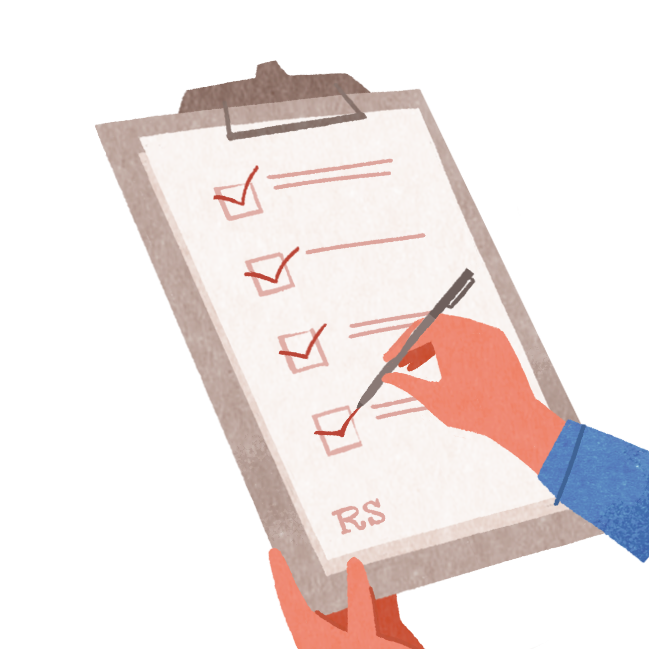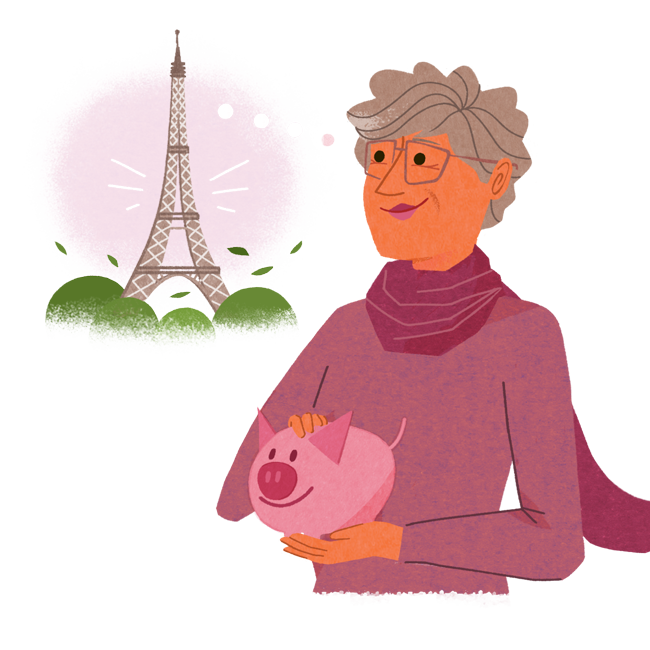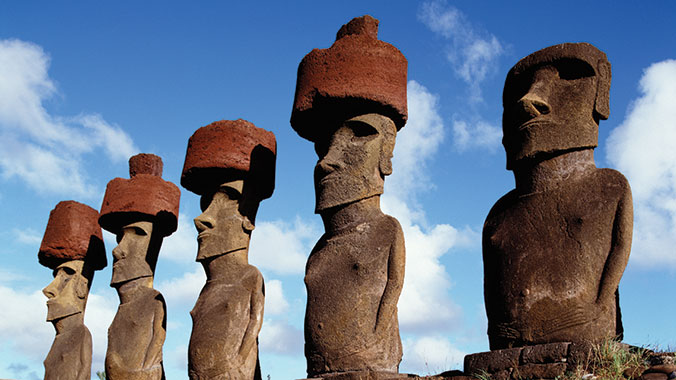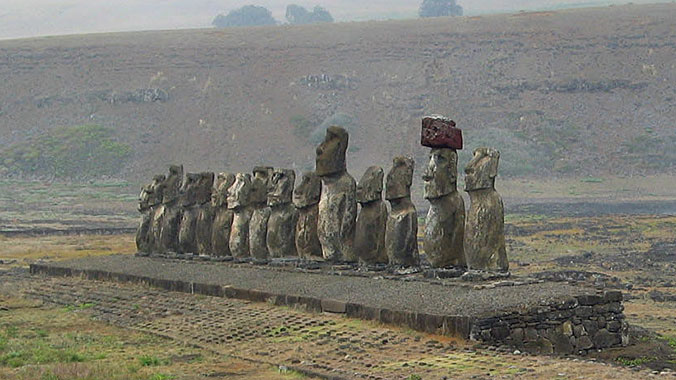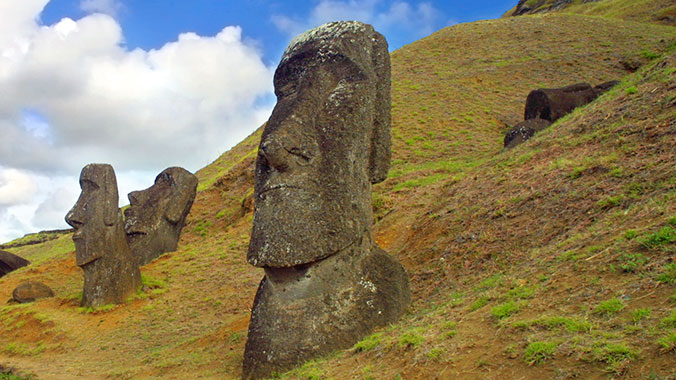Plane
If Road Scholar is arranging your air travel to and from the program, and you travel on the scheduled start and end dates, you’ll receive free round-trip transfers from the airport to the hotel.
Arrival day is on September 28, 2025
Meet the group at Hotel Plaza San Francisco in Santiago
Start of Trip: 12:00 Noon Orientation; 7:00 p.m. Welcome Dinner.
Getting to the site: A group arrival transfer is organized for all participants who purchased an air inclusive program and arrive on the group date. Independent travelers and participants arriving before the group date may get to the starting hotel by shuttle, taxi, or public transit. Upon arrival, after passing through Immigration and Customs and retrieving your luggage, please follow the signs for ground transportation/taxi. Unofficial drivers may approach you and offer their services but it is recommended you only book through the official airport vendors. If you would like to arrange transportation to the hotel in advance, here are two suggested options:
Transvip Airport Shuttle [Book online at https://www.transvip.cl/ or call +56 2 2677 3000] or
Taxi Oficial [Book Online at https://taxioficial.cl/ , email reservas@taxioficial.cl or call +56 2 26019880]
Getting to the site by train or bus: Arturo Merino Benitez Airport is 21km (13 miles) from Santiago (travel time – 30 minutes). You can get from the airport to downtown Santiago by taxi for approximately $30; via bus Tur Bus (tel. 2/671-7380) or Centro Puerto Bus (2/601-9883) for about $2.
Your trip ends on: Monday, October 6, 2025 in Santiago at Solace Santiago
End of Trip: 9:00 a.m. after breakfast
Getting to the airport: Arturo Merino Benitez International Airport (SCL) is the nearest major airport to Santiago and is situated 13 miles outside of the city. A group departure transfer is organized for all participants who purchased an air inclusive program and depart on the group date. Independent travelers or those leaving the next day can take a taxi from the hotel to the airport (approximately $30).
Information if you are purchasing your own airfare: Participants who have not purchased airfare through Road Scholar are responsible for making their own transfer arrangements to the first site at the beginning of the program, as well as from the last site at the end of the program. The Information Packet Road Scholar sends in advance of the program includes details needed to make your transfer arrangements. If you wish to purchase airfare through Road Scholar, please call (800) 241-1404.
Please note: In the unlikely event Road Scholar must make changes to the program's arrival or departure details, we will notify all participants as soon as possible. Participants who have purchased Road Scholar airfare are protected against airline change fees; however, anyone who has not purchased Road Scholar airfare will be required to make their own adjustments and may incur fees imposed by the airline.

